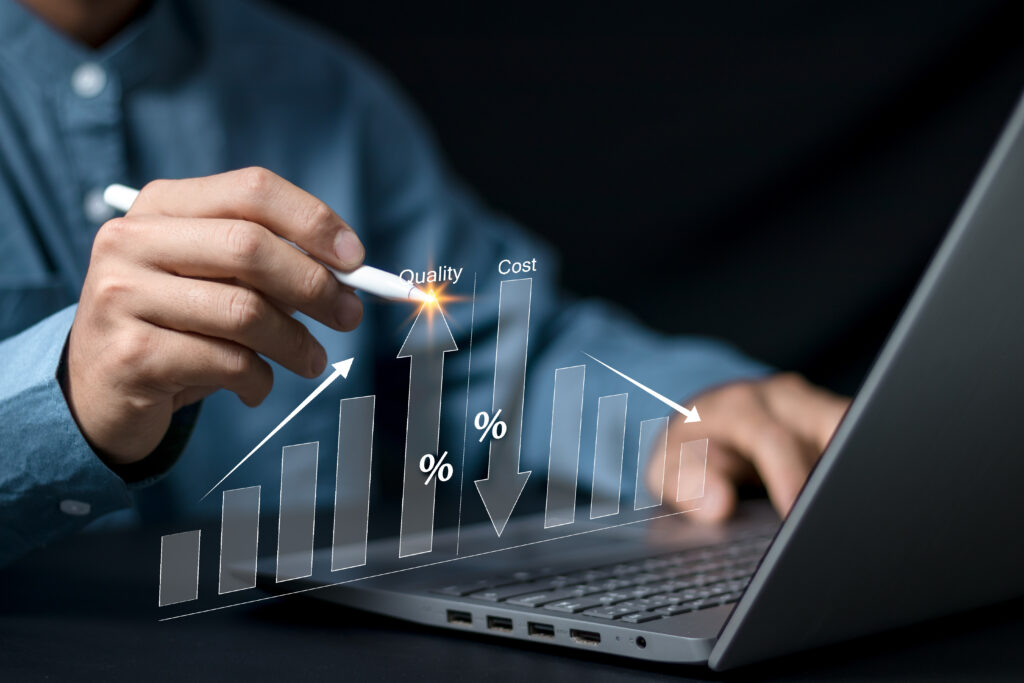From Digital Experience Monitoring to Digital Employee Experience: An Evolution in Workplace Technology

Measuring digital employee experience to shape IT strategy and build better business outcomes
In today’s rapidly evolving workplace, where remote and hybrid work models have become the norm, organizations are increasingly relying on technology to keep their employees productive and engaged. This shift has highlighted the critical need for effective monitoring and management of digital experiences. Let’s explore the concept of Digital Experience Monitoring (DEM) and its evolution into Digital Employee Experience (DEX).
What Is Digital Experience Monitoring (DEM)?
Digital Experience Monitoring (DEM) is a technology-driven approach to understanding and optimizing how end-users interact with various digital platforms and services within an organization.
The four key aspects of DEM include:
- Continuous data collection from endpoints devices
- Analysis of health and performance metrics
- Identification of device-performance issues affecting user productivity
- Proactive problem-solving and optimization of digital environments
DEM goes beyond traditional IT monitoring by focusing on the end-user’s perspective, providing insights into how technology impacts their day-to-day work experience.
The Transition from Digital Experience Monitoring to Digital Employee Experience (DEX)
As organizations recognized the broader implications of digital experiences on employee satisfaction, productivity, and retention, the concept of Digital Employee Experience (DEX) emerged. In fact, Gartner® says, “By 2026, 50% of digital workplace leaders will have established a DEX strategy and tool, up from 30% in 2024.”
DEX expands on the technical focus of DEM to encompass a more holistic view of how employees interact with and perceive their digital work environment.
DEX incorporates:
- Technical performance metrics (from DEM)
- User sentiment and feedback
- Broader workplace factors (e.g., digital literacy, IT support quality)
- Alignment with business goals and employee needs
This evolution reflects a growing understanding that technology is not just a tool but a fundamental part of the employee experience in modern workplaces.
Key Differences between Digital Experience Monitoring and Digital Employee Experience
While DEM and DEX are closely related, there are some important distinctions:
Analysts have identified several key differences between Digital Experience Monitoring (DEM) and Digital Employee Experience (DEX). Here’s an overview of the core distinctions:
1. Scope:
– DEM: Primarily focuses on technical performance and user interactions with specific digital touchpoints.
– DEX: Encompasses a broader view of the entire digital workplace experience and how employees interact with technology.
2. Stakeholders:
– DEM: Mainly involves IT departments and operations teams.
– DEX: Engages multiple stakeholders including IT, HR, facilities management, and business leaders.
3. Approach:
– DEM: Takes a more reactive approach, often focusing on troubleshooting and resolving technical issues.
– DEX: Adopts a proactive stance, aiming to continuously improve the overall digital work environment.
4. Outcomes:
– DEM: Primarily aims to optimize technical performance and reduce downtime.
– DEX: Focuses on enhancing employee satisfaction, productivity, and overall business outcomes related to employees’ use of digital tools.
5. Technology focus:
– DEM: Emphasizes monitoring and analyzing specific technologies and applications.
– DEX: Considers the entire technology ecosystem and how it integrates into employees’ workflows.
6. Timeframe:
– DEM: Often deals with real-time or near-real-time data for immediate issue resolution.
– DEX: Considers both immediate issues and long-term trends to drive strategic improvements.
Benefits of Adopting a DEX Approach
Embracing DEX can lead to several advantages for organizations:
- Improved employee satisfaction and retention
- Increased productivity and efficiency
- Better alignment of IT initiatives with business goals
- Enhanced ability to support remote and hybrid work models
- Data-driven decision-making for technology investments
- Proactive issue resolution, reducing IT support costs
By evolving from DEM to DEX, organizations can create a more employee-centric digital workplace, leading to better outcomes for both employees and the business as a whole.
Want to implement a DEX strategy in your organization? Schedule a demo.
This blog was originally published on Feb. 4, 2021. It was updated on Oct. 4, 2024 to reflect the latest information on DEM and DEX.
Subscribe to the Lakeside Newsletter
Receive platform tips, release updates, news and more



